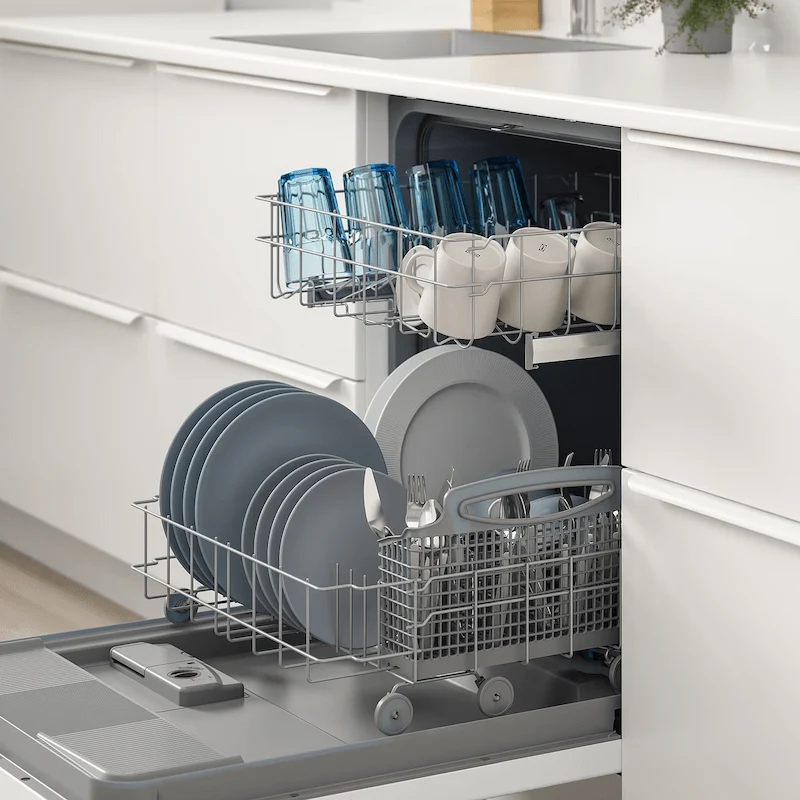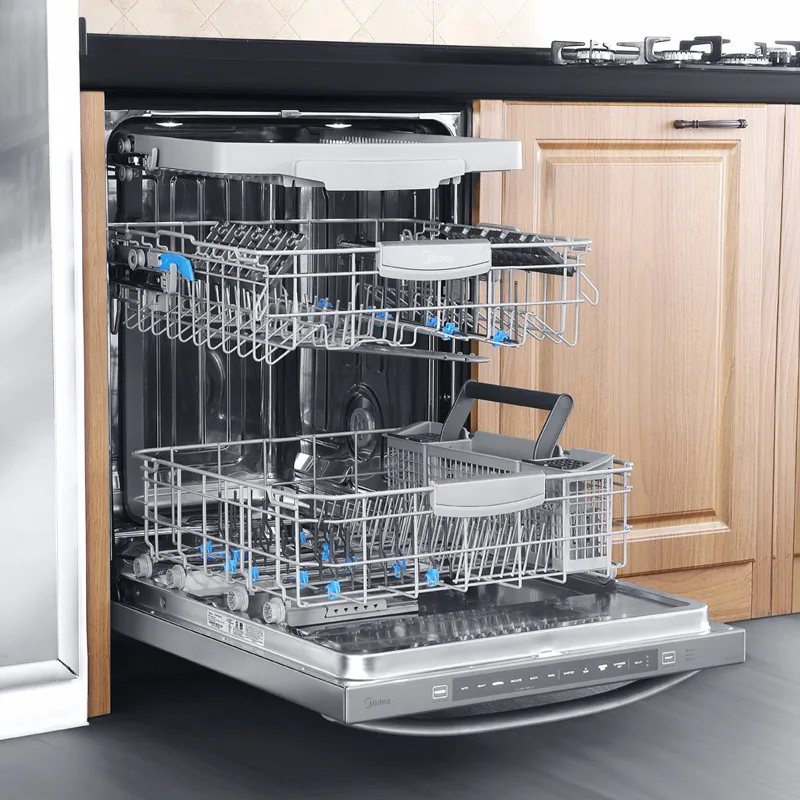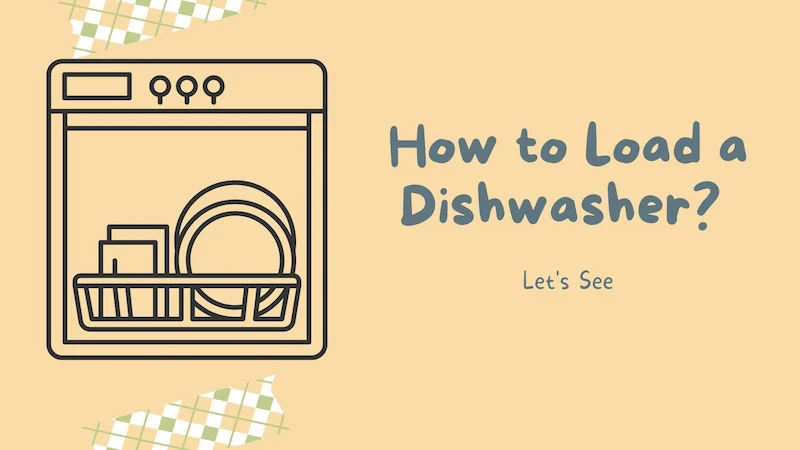Although loading a dishwasher is not difficult, doing so correctly can result in cleaner dishes. Additionally, time and energy can be saved. So, let’s see how to load a dishwasher first.
Cups, glasses, and small bowls should be placed in the top rack. Plates, serving bowls, and other large items belong on the bottom rack. Forks and spoons should be placed in the basket with handles facing down.
Please continue reading for more information.
How to Load a Dishwasher?
Here are the details:
Top Rack
Place cups, glasses, and small bowls on the top rack. Avoid crowding because it raises the possibility of breakage and impedes the movement of water and detergent. Plastics that are safe for the dishwasher should also be placed on the top rack, far from any heating elements that might cause warping.
Nobody would be critical of you if you assumed that a dishwasher uses a sizable amount of water for each load. After all, one of the largest appliances in your home is usually this one. You may have wondered how much water does a dishwasher use.

Bottom Rack
The bottom rack should be used for large items like plates and serving bowls. Scrape large pieces of leftover food into the trash, but pre-rinsing isn’t necessary with modern dishwashers because they have sensors that change the wash cycle based on how dirty the dishes are. In order to give the spray arm room to move around freely, platters, cutting boards that can go in the dishwasher, and other bulky objects should be put to the sides and back. Put items with baked-on food facing the lower spray arm and facing down. Brass, bronze, wood, and china with gold leaf should all be hand-washed to prevent discoloration or damage. Aluminum and stainless steel can typically be placed in the dishwasher. Also remember that while dishwasher-safe pots and pans can be placed on the bottom rack, delicate china should not be washed in the same load as these.
Silverware
The basket should contain forks and spoons with their handles facing downward. Knife handles are raised so that removing them doesn’t require reaching for a razor-sharp blade. To prevent them from nesting, mix the spoons, forks, and knives.
Tips for Getting the Best Results from a Dishwasher
- For the cleanest dishes, clean your dishwasher regularly.
- Check your water heaterto make sure that you are using water at the right temperature, at least 120 degrees F. Turn on the hot water faucet at the kitchen sink to speed up cleaning and allow the water to heat up. This will guarantee that hot water, not cold, starts the dishwasher cycle.
- Use the correct amount of dishwasher detergent and choose a detergent like Cascade Platinum + Oxithat provides the necessary ingredients for a deep clean. If your water contains lots of minerals (hard water), you should use more detergent for every load or use a booster like Lemi Shine no matter how soiled the dishes.
- A fresh, non-clumping detergent should be used. Before using, shake all liquids well, and stir any clumps in powdered formulas.
- Some items should never be placed in the dishwasherlike cast iron and ceramic-coated cookware that is glazed or hand-painted. They will suffer damage, and many of them will be irreparable.

How to Unload a Dishwasher?
Start by emptying the bottom rack. If not, the water that gathers on the concave surfaces of the mugs and glasses in the top rack will drip onto the plates, pots, and dishes below. Suggested reading: How long do dishwashers last? This guide will tell you how to prolong the life of your dishwasher and keep it in good working condition.
FAQs
Is It Wasteful to Run Dishwasher Not Full?
Rather than heeding the advice of celebrity couples and dishwasher detergent brands, we recommend following the advice from ENERGY STAR: run full loads whenever possible and buy efficient dishwashers that will save you money with each load.
Is There a Wrong Way to Load a Dishwasher?
Pots, pans, and other items that require more thorough cleaning should be arranged on the bottom rack of your dishwasher since it will perform the most thorough cleaning. Plastics should always be on the top rack, since the heating element on the bottom of the unit can warp, melt, or damage plastics.
The Best Way to Load Specific Dishes in a Dishwasher
Make sure to load items into a dishwasher at an angle to help with draining. Concave-bottomed cups and mugs may accumulate water during the wash cycle. Before removing these mugs from the dishwasher, dry them with a dish towel.
As long as they are dishwasher safe, plastic items can be cleaned in the dishwasher. In the top rack, these things should go. Plastic surfaces are porous, which can make drying a challenge. Before storing plastic items, it might be necessary to dry them with a towel.
Depending on the model you have, the dishwashing machine racks are set up differently. Two distinct dishwasher loading methods are demonstrated in the image below.
Read about



